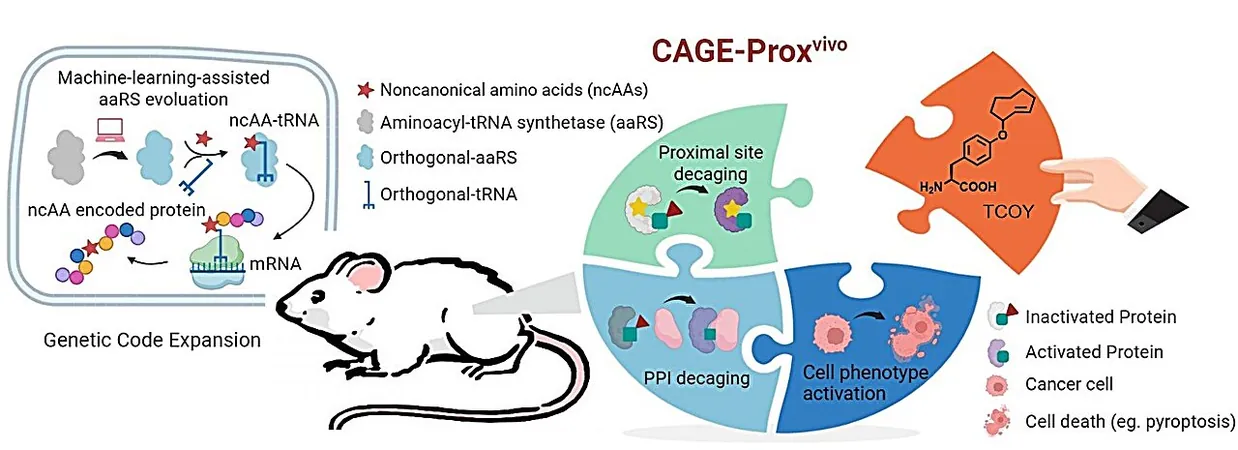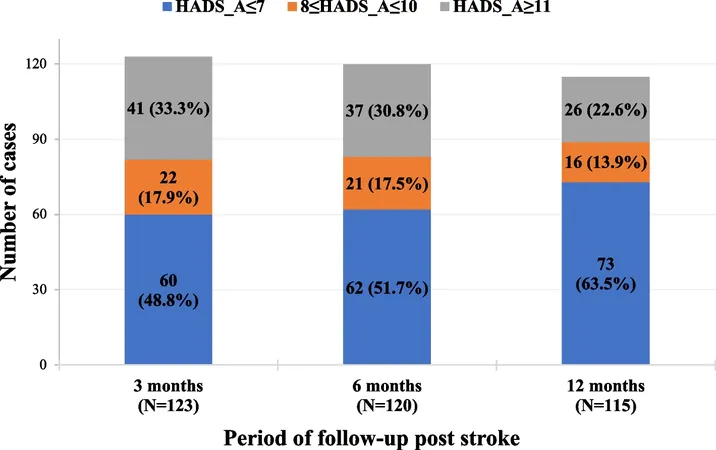
Breakthrough Study Reveals Key Insights into Cow's Milk Allergy in Infants!
2025-05-14
Author: Nur
Revolutionary Findings on Milk-Related Proctocolitis
A groundbreaking study has unveiled that the Cow’s Milk Protein Related Symptom Score (CoMiSS) dramatically decreases after a 4-week elimination diet for infants suffering from Cow's Milk Protein Associated Proctocolitis. This disorder is the most common food allergy among infants, affecting approximately 2.5% of children under three years of age.
Understanding Cow's Milk Protein Allergies
Cow's milk protein allergies can be categorized as immunoglobulin E-mediated, non-IgE-mediated, or mixed type. Among these, food protein-induced allergic proctocolitis is recognized as a non-IgE mediated allergy, which currently lacks a definitive diagnostic biomarker. To address this issue, the CoMiSS tool was developed to effectively monitor symptom improvements in affected infants.
The Study That’s Changing the Game
Led by the esteemed researcher Menşure Nur Çelik from Ondokuz Mayis University in Türkiye, a case-control study investigated CoMiSS's effectiveness in tracking responses to an elimination diet among infants diagnosed with this specific allergy. Their findings could potentially reshape clinical practices.
Over a period from August 2020 to March 2022, researchers followed 13 infants with Cow's Milk Protein Associated Proctocolitis and 22 healthy counterparts, all between 17 and 26 weeks old. Eligible infants showcased marked reactions to cow's milk, indicated by bloody stools that disappeared shortly after removing milk from their diets.
Key Outcomes from the Elimination Diet
Infants adhered strictly to the elimination diet until reaching 9 months, gradually reintroducing milk after their first birthday. The study revealed that the average age of onset for symptoms was just under 9 weeks, and diagnosis occurred around 13 weeks.
Remarkably, after just four weeks on the elimination diet, CoMiSS scores saw a statistical decrease (P < .05). In contrast, total symptom scores rose upon reintroduction of milk, notably more so in affected infants compared to healthy ones.
Crying as an Indicator of Gut Inflammation?
Crying levels offered further insights, with affected infants displaying significantly higher median crying scores during various visits. However, symptoms did mellow during the elimination diet, suggesting potential inflammation in the gastrointestinal tract.
Despite no immediate symptoms observed at the 1-year mark when reintroducing cow's milk, the uptick in crying underscores the possibility of incomplete tolerance development.
The Way Forward for Clinical Practice
Ultimately, the study highlighted significant shifts in CoMiSS scores, guiding potential dietary adjustments for clinicians. While further research is necessary to evaluate long-term effects, CoMiSS stands out as a promising tool for short-term symptom monitoring and allergy management. Given the absence of established threshold scores, the findings indicate that reductions in crying or defecation anomalies could be pivotal in making dietary decisions during treatment.
This innovative research opens the door for better understanding and management of cow's milk allergies, illuminating the path forward for infants and their families dealing with these common yet challenging food allergies.





 Brasil (PT)
Brasil (PT)
 Canada (EN)
Canada (EN)
 Chile (ES)
Chile (ES)
 Česko (CS)
Česko (CS)
 대한민국 (KO)
대한민국 (KO)
 España (ES)
España (ES)
 France (FR)
France (FR)
 Hong Kong (EN)
Hong Kong (EN)
 Italia (IT)
Italia (IT)
 日本 (JA)
日本 (JA)
 Magyarország (HU)
Magyarország (HU)
 Norge (NO)
Norge (NO)
 Polska (PL)
Polska (PL)
 Schweiz (DE)
Schweiz (DE)
 Singapore (EN)
Singapore (EN)
 Sverige (SV)
Sverige (SV)
 Suomi (FI)
Suomi (FI)
 Türkiye (TR)
Türkiye (TR)
 الإمارات العربية المتحدة (AR)
الإمارات العربية المتحدة (AR)